
Loreto and Za Za Zá Bring a Taste of Baja to Frogtown
Longtime Angelenos may have never seen it coming, but the long-desolate stretch of the Los Angeles River near Frogtown is suddenly home to some of the city’s buzziest new restaurants. The latest entries are Loreto and Za Za Zá (not far from fellow newcomer Lingua Franca), a twin concept that evokes the mariscos stalls of Baja California.
Not only are their menus deep with tostadas, ceviches, and margaritas, but the very design of the space feels like you’re sitting along the Sea of Cortez with a vast, linen-colored desert behind.
Loreto and Za Za Zá come courtesy of Grupo Palmares, the same team that runs LA Cha Cha Chá in the Arts District. Resy caught up with Alejandro Marin, co-owner of the group, to talk about Loreto’s refined take on mariscos and understand how this new destination brought Baja California to the banks of the Los Angeles River.
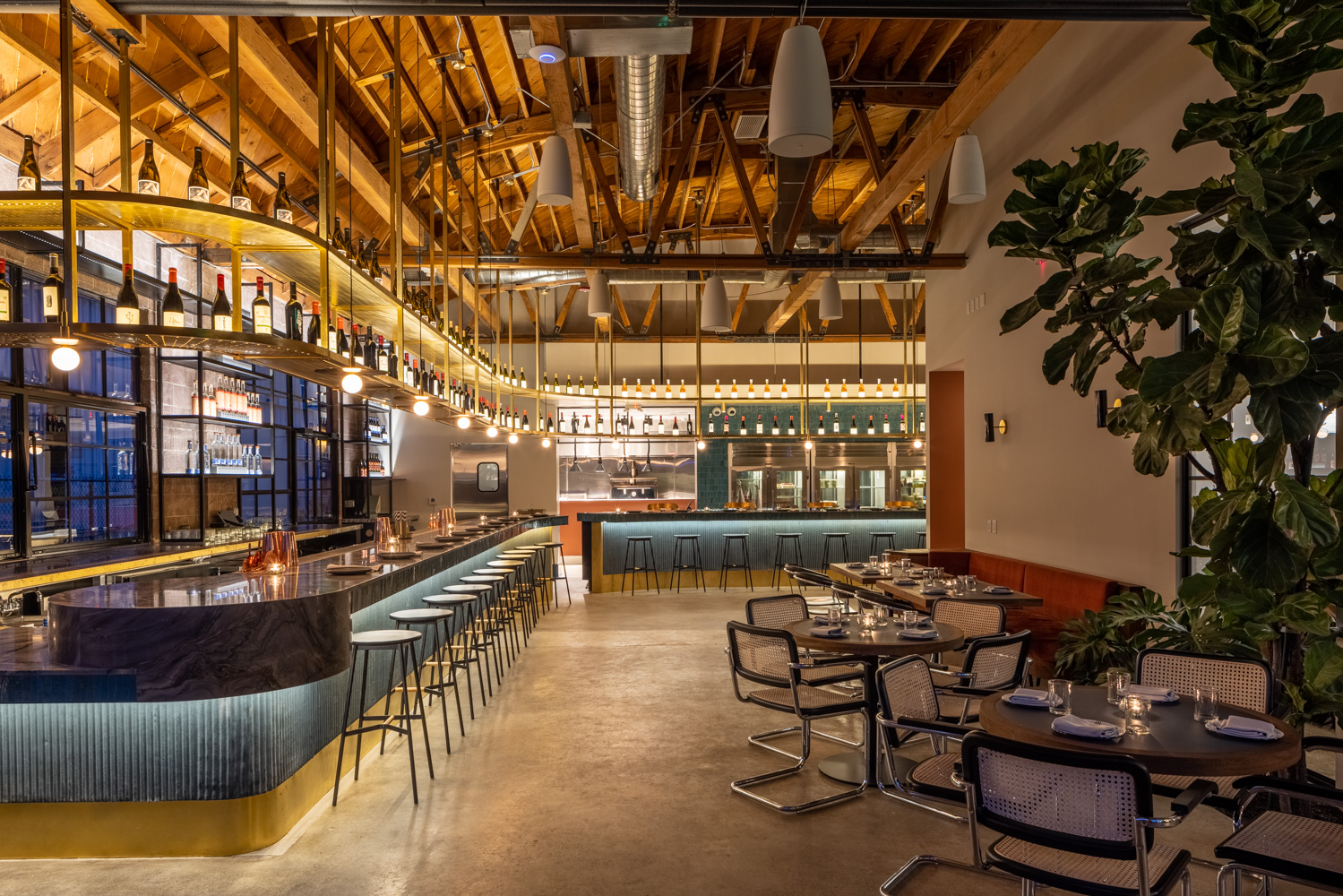
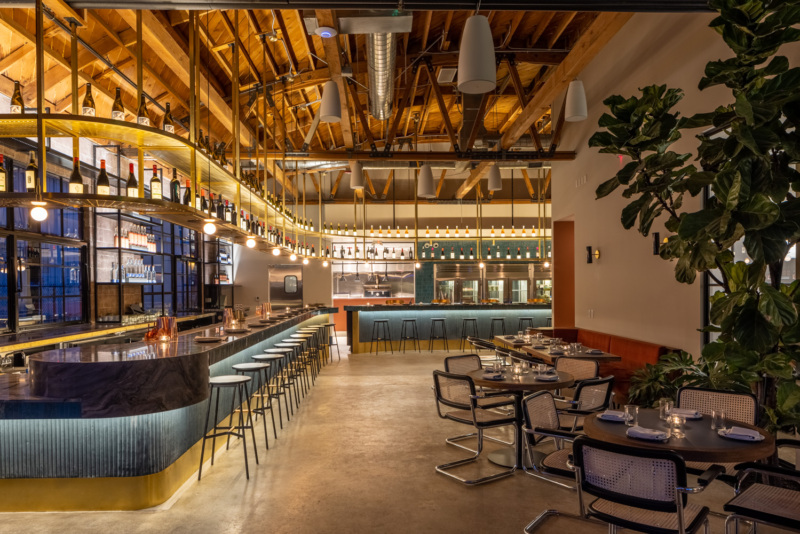
1. One kitchen, two menus
Loreto and Za Za Zá are in the same building, but accessed through different entrances. Loreto is now open Thursday through Monday for dinner only (reservations recommended), and is accessible through the front of the building.
When it opens, Za Za Zá will have “a more laid back, casual feel,” explains Marin. It will be open during the day, and is walk-ins and pick-up only, with orders from a limited menu at a window on the side of the building. The back patio (a beautiful garden space) will be open to lounge, eat, and soak up the sun.
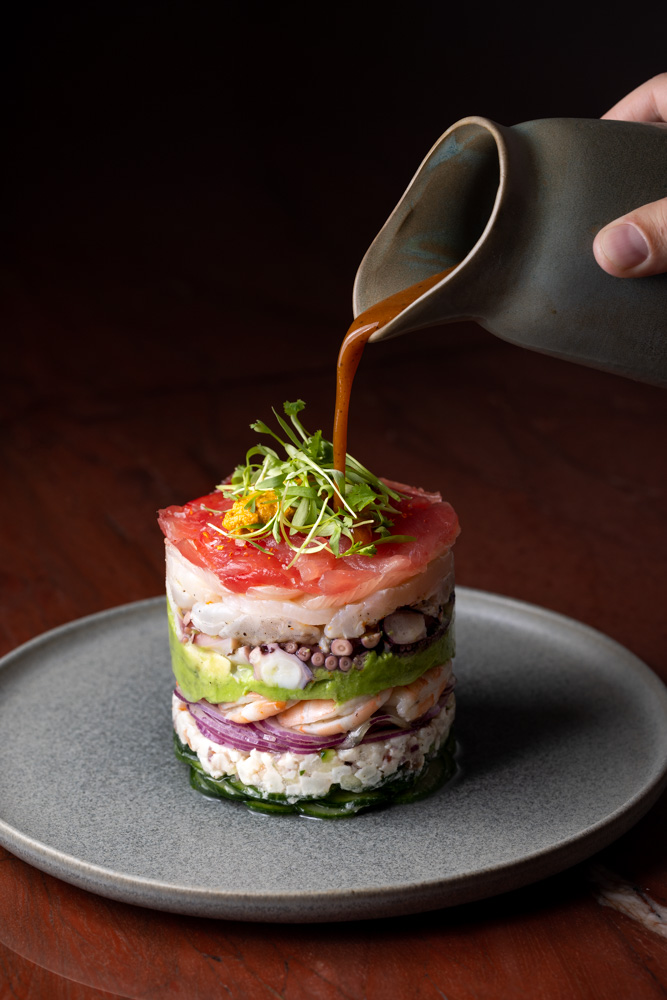

2. Seafood is the name of the game
Tostadas, ceviches, and aguachiles make up the bulk of the menu, along with cooked plates and large-format grilled whole seafood options like pescado and langosta zarandeado. Expect a few flourishes you wouldn’t find at a marsicos truck — the Tosdada a la Joaquin, for example, involves seared o-toro tuna, soy onion, fire-roasted tomato, avocado, and yuzu vinaigrette; and there’s a vegetarian “Beetello Tonnato” ceviche with roasted beets and salsa tonnato.
Most of the seafood is flown in fresh from Baja. That means prawns from Sinaloa, oysters from around the Sea of Cortez, and tuna from the Pacific. “It was a year’s worth of work sourcing all our product,” says Marin. “We wanted to make sure that our menu has Mexican ingredients — the best we could find.”

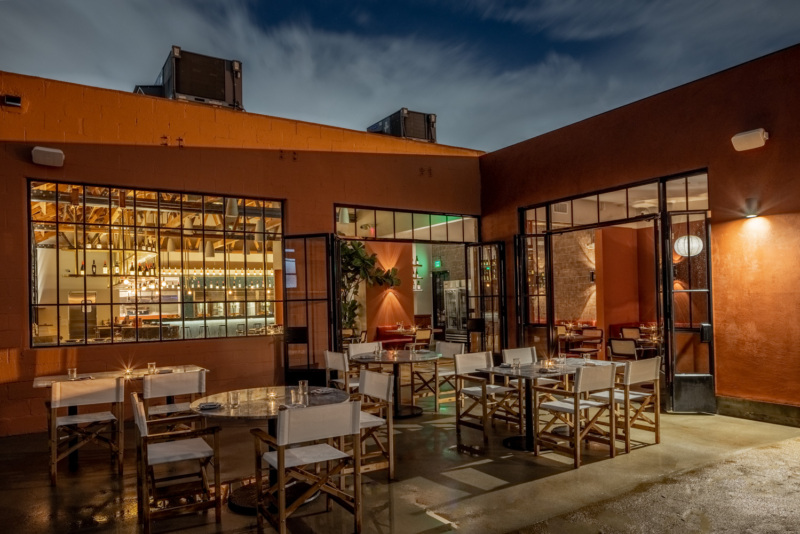
3. It’s a Neighborhood Affair
As Marin and company began developing their concept, they relied on feedback from the local community. “We’ve been doing this project for a year and a half, coming to the neighborhood, getting to know people and what their needs are,” Marin says. This informed the varying price points of Loreto and Za Za Zá, and their ability to be tapped for both casual and formal/celebratory uses. Marin adds that Loreto’s wine bottle area has its own entrance, so that people in the neighborhood can use it as their wine shop as well.
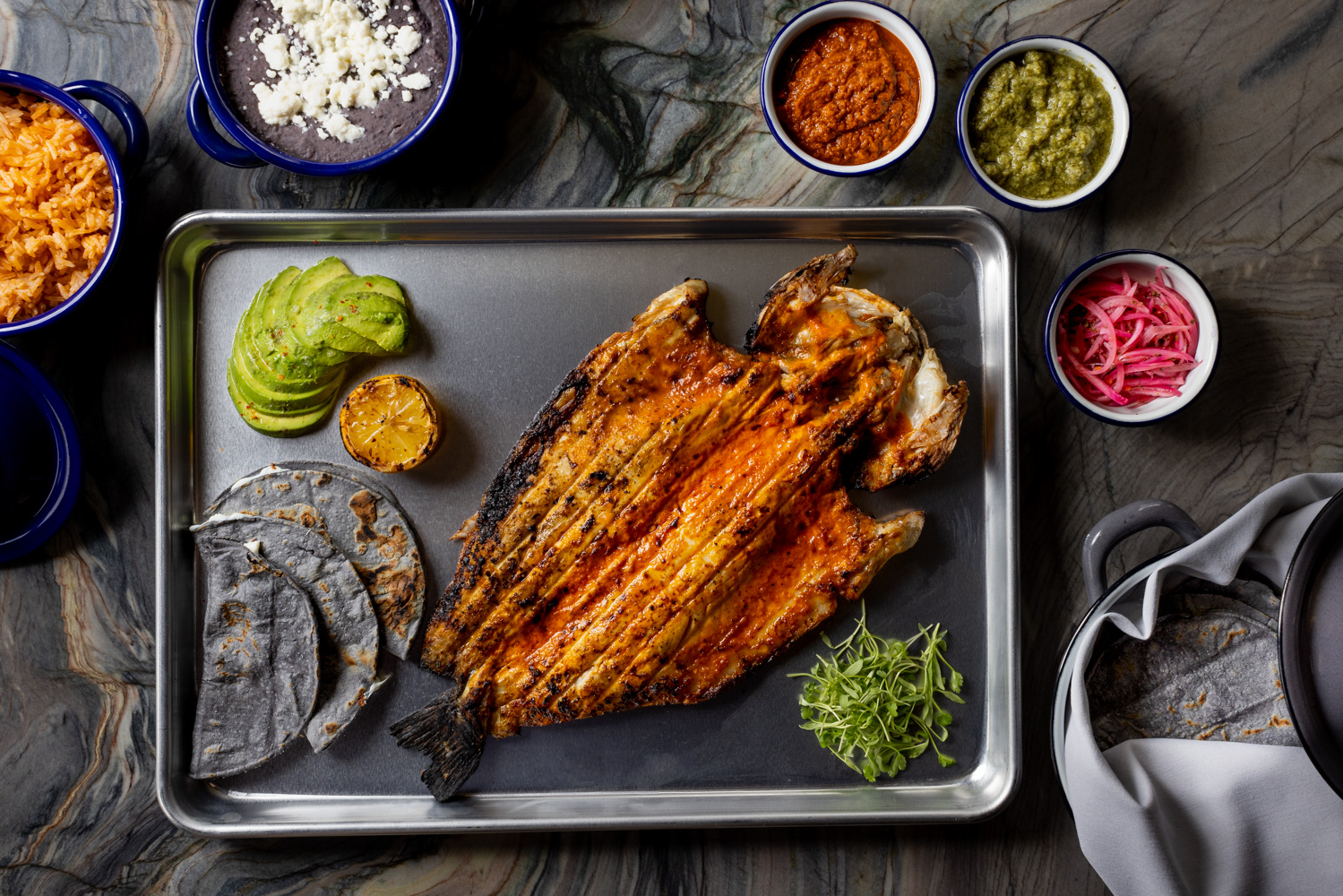

4. The wine list also showcases Baja
Loreto has a deep wine list that focuses mostly on the Valle de Guadalupe region of Baja, with a few other selections from Spain, Portugal, and California as well. For cocktails, beverage director Adam Ohler designed a menu that mimics a trip from the ocean to the desert. “We have a contrasting cocktail section where you have a margarita that alludes to the ocean [the Margarita Za Za Zá, with Maestro Dobel Blanco, 400 Conejos Espadin, lime, and sea salt], that’s more fresh and citrusy,” explains Marin. “Then we made a margarita that speaks more to desert, made with an anejo Tequila that has more body, and is served with a flaming lime [the Margarita Antigua, with Gran Centenario Reposado and Kümmel-Sec].”
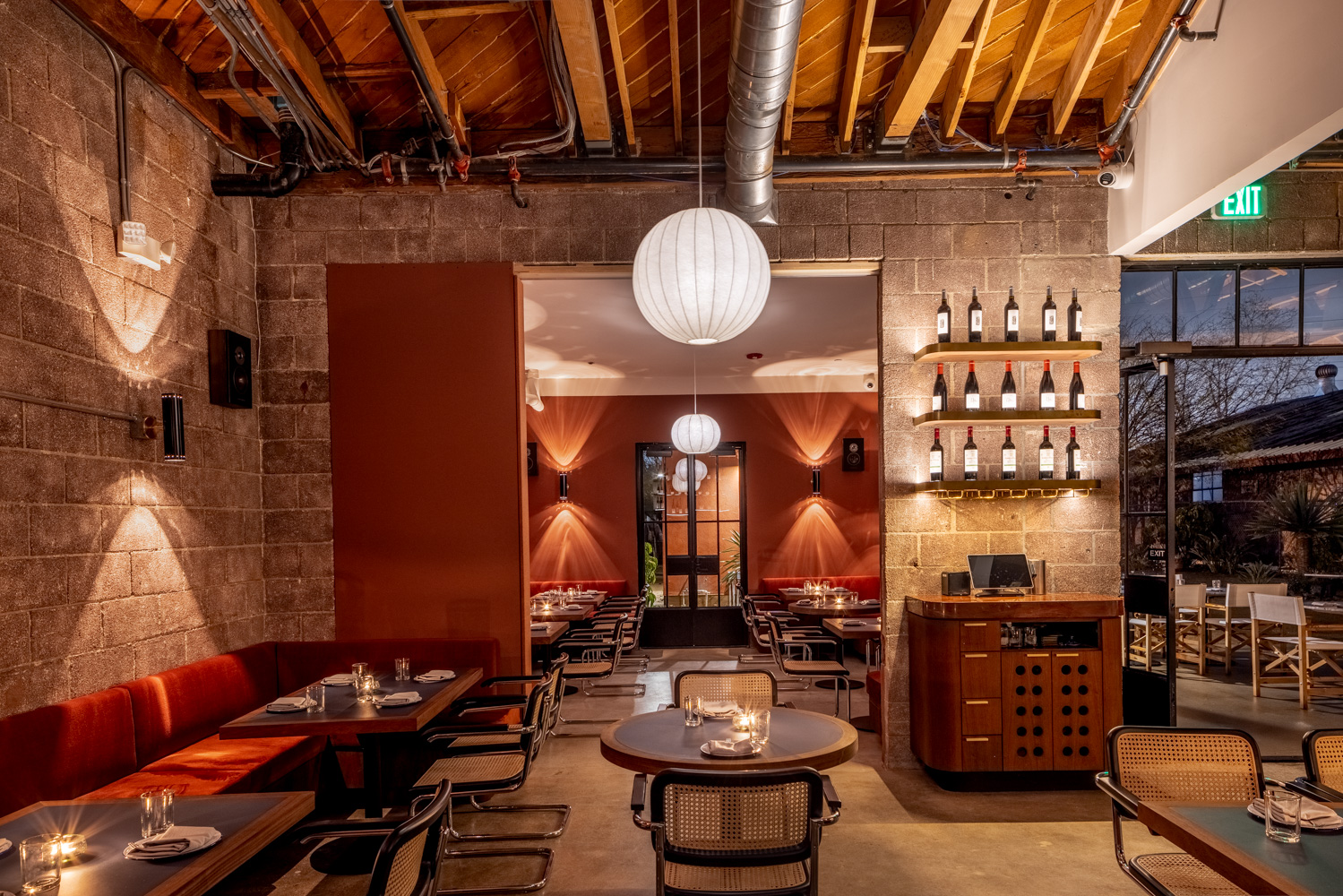
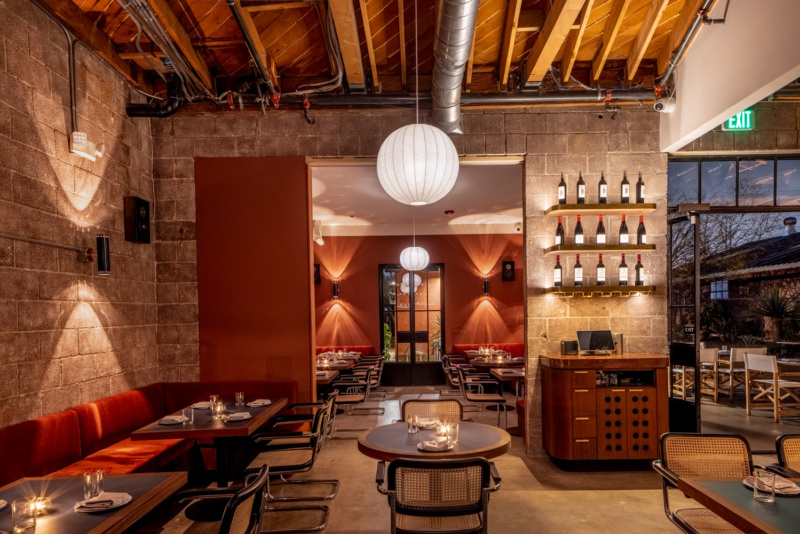
5. The aesthetic is all about contrast
Much of the team LA Cha Cha Chá has come along for Loreto and Za Za Zá as well. That includes head chef Paco Moran and interior designer/architect Lena Kohl. Aesthetically, the brush strokes between the various concepts might feel similar, says Marin, “but they’re applied in different ways.”
Much like the food and drinks, the space is all about contrasts. Not only between colors and textures, but between luxurious materials and more workaday ones. The tables, for example, are made of a rich mahogany wood with blue linoleum in the center. “It’s a balance between a high-end table, while also using a material that you would find at a mariscaria,” Marin says. The walls are painted a deep terracotta red, evoking the desert, and delicate blue tiles glisten like the ocean across the bar.
Oren Peleg is a journalist and screenwriter. He currently contributes to Eater LA, Los Angeles, The Infatuation, and hosts the Not Billable podcast. You can follow him here. While you’re at it, follow Resy, too.

















